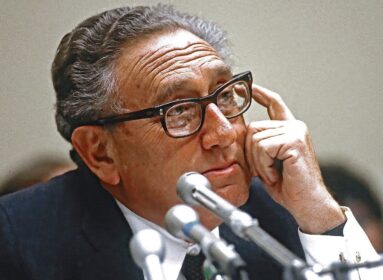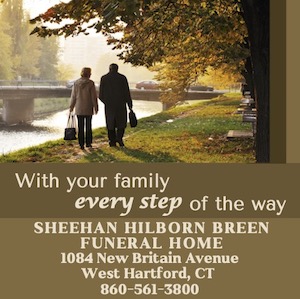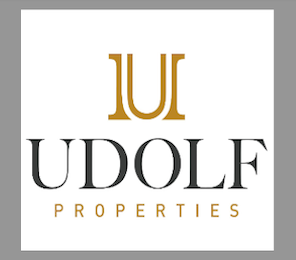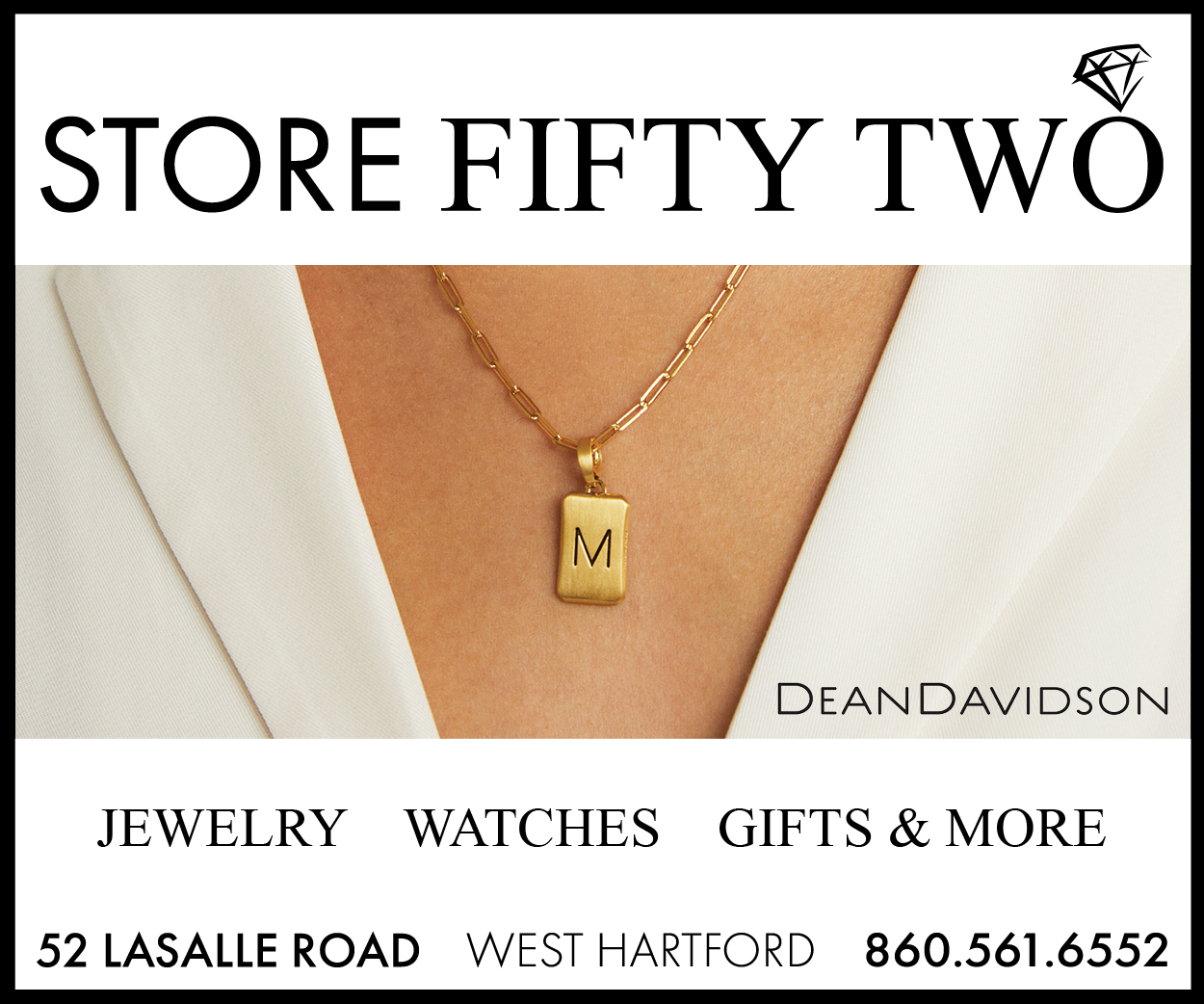Renowned photorealist Audrey Flack is not trying to be Jewish…“but it’s who I am”
By Cindy Mindell
It’s hard enough to be considered a trailblazer in the art world for a single aspect of one’s work.
Then there are ultra-trailblazers like Audrey Flack, praised for many facets of her artistic life: her feminism, Judaism, technique, use of color, views
She may promote all those things, but no one characteristic defines Flack’s work. “I have never considered myself a ‘Jewish artist’ or a ‘woman artist,’” she says. “To me, an artist is an artist and great art can cut across all boundaries.”
Flack herself is a boundary-crosser. In the ‘50s, her vivid photorealist paintings launched her into the forefront of a major art movement. Lauded as a pioneer of the style, Flack was the first photorealist painter whose work was purchased by the Museum of Modern Art in New York for its permanent collection. A nationally recognized painter and sculptor, her works are also included in the collections of major New York art institutions including the Metropolitan Museum of Art, the Solomon R. Guggenheim Museum, the Whitney Museum of American Art, and many other leading museums around the world.
Flack will present The Samuel and Bettie Roberts Memorial Lecture in Jewish Art on Monday, March 4, at Fairfield University’s Regina A. Quick Center for the Arts.
A New York City native, Flack earned a Bachelor of Fine Arts from Yale and a graduate degree from Cooper Union, where she also was awarded an honorary doctorate. She studied art history at New York University’s Institute of Fine Arts. She was awarded the St. Gaudens Medal from Cooper Union, and the honorary Albert Dome professorship from the University of Bridgeport. At 82, she is an honorary professor at George Washington University, and is currently a visiting professor at the University of Pennsylvania.
As a painter and sculptor, Flack has focused her gaze on an amazing range of subjects. Among the works she will discuss at the Fairfield University event are her series of Madonnas (Macarenas) and “Rabbis Praying,” a watercolor she painted as a teenager after attending a Yom Kippur service with her father.
Flack will spend significant time discussing “World War II (Vanitas),” a painting that exploded onto the art scene in 1977, and perhaps the first to address the Holocaust. The work drew scathing criticism.
“I’ll be talking about how the painting was reviled when it was first shown, how it seemed to shock people, and how criticized I was, personally, for making it,” Flack says. Initially scorned, the work was included in “Jewish Themes II/Contemporary American Artists,” a 1986 exhibition at the Jewish Museum in New York and praised as a masterpiece. Flack received an award from Tel Chai Hadassah, a group of women who were all Holocaust survivors.
“I grew up during World War II, with all the fear and excitement that living through that time period entailed, and always with that particular sense of being a ‘Jew’ while Jews were being murdered,” Flack says in her artist’s statement, included in the exhibition catalog. “My brother, drafted while still in his teens, fought in the Battle of the Bulge and was one of two soldiers remaining alive out of an entire battalion. He returned home with years of personal horror stories. Images of the war were imprinted in my brain; this was a subject I knew I had to deal with some day. The war ended in 1945 and I did not start the painting until 1975: it took 30 years to paint ‘World War II (Vanitas}.’”
That year, Flack discovered that, although much had been written and photographically documented about the Holocaust, there was no major painting that addressed the subject. She spent the next year immersed in research for her painting.
“My idea was to tell a story, an allegory of war, of life, of the ultimate breakdown of humanity…” Flack says in her artist’s statement. “I was convinced of the existence of pure evil as well as the existence of beautiful humanity, as exhibited by many of the survivors of the concentration camps. I wanted to create a work of violent contrasts, of good and evil.”
“In the original ground-breaking group of seven photorealists, by coincidence, I was the only woman and the only Jew,” Flack says of that first generation of photorealists, which also included Richard Estes, Ralph Goings, Chuck Close, Charles Bell, Don Eddy, Robert Bechtle, and Tom Blackwell. “I say that now — not that I would ever have said it then – but my colors are different. My work was very humanistic and feeling, while the movement was basically described as very cool, distant, and removed, like the camera was removed. I never used bright colors to be different; I use colors because I am a woman and I wear lipstick, and women wear more colors generally than men do. But I feel that my use of color also has to do with the fact that I am Jewish. I’m not trying to ‘be Jewish,’ but it’s who I am.”
The daughter of Polish-Jewish immigrants, Flack grew up in Washington Heights, N.Y., among Holocaust refugees and survivors. “We celebrated all the Jewish holidays, and I fasted and went to synagogue on Yom Kippur, which I still do every year,” she says.
Dr. Philip Eliasoph, professor of art history at Fairfield University, organized the lecture, a centerpiece event tied to his biennial undergraduate course, “Jewish Art from Moses to Modernism.” A longtime admirer of Flack’s work, he last spent time with the artist on Feb. 4, as former New York City mayor Ed Koch was being laid to rest.
“Here’s this giant figure and persona of the art world who is really an encyclopedic character – she is the first female artist to be included in the monolithic and male-oriented ‘Janson’s History of Art,’” Elisasoph recalls “And we both found it so poignant that, at the core of who Ed Koch was and the tremendous legacy he left, he chose to quote Danny Pearl’s last words on his headstone: ‘My father is Jewish, my mother is Jewish, I am Jewish’ There’s no question, being in Audrey’s presence, that she is the essence of modern Judaism – not through theology, but in her practice of doing. She has set a new agenda and in her own questioning of authority, that is quintessentially her Jewishness.”
It is that tradition of questioning that led Flack to attain her stature in the art world, Eliasoph says. “The definition of modernism is the questioning of the canon, something Israel author Amos Oz said about modern progressive Judaism,” he says. “Audrey questioned the canon of what a woman could do and what was possible to render on a canvas. She created paintings that I first looked at when I was 19 and now, 40 years later, I am showing the same paintings to my own students. I was in awe at 19 and I am flabbergasted now.”
What defines Flack’s work, Eliasoph says, is an absolute and complete synthesis of impeccable mastery of technique with a depth and profundity of imagination and ideas.
“She balances an intellect about the science of light and color with a really Jewish soul,” he says. “Her ability to bring you into these paintings and into the depth of these paintings is remarkable. At the same time, her works play on the theme of the transitory nature of life.”
In considering “World War II (Vanitas),” Elisasoph notes Flack’s desire to take “something very deeply painful, a deep wound in the Jewish soul and in humankind’s soul, and try to find beauty,” he says, echoing a quote from Flack:
“When all is said and done, what distinguishes a Van Gogh or a Kandinsky or a Rothko or a Warhol or a Hopper, is that the artist has created a vision that he or she has given to the world as a signature style,” says Eliasoph. “There is no doubt in my mind, because Audrey’s paintings – and later, her sculptures – are so coveted, that 500 years from now, if those paintings are in a museum in Tel Aviv or Paris or New York, the knowledgeable person who studies the art of the late 20th century will say, ‘Those are the works of Audrey Flack.’”
The Samuel and Bettie Roberts Memorial Lecture in Jewish Art: “Audrey Flack: Issues: Images & Icons,” Monday, March 4, 7:30 p.m., Fairfield University, Regina A. Quick Center for the Arts, 1073 North Benson Road, Fairfield. Presented by Fairfield University’s Carl and Dorothy Bennett Center for Judaic Studies
The event is free and open to the community. For reservations call (203) 254-4000, x2066.
. E-MAIL COMMENTS cindym@jewishledger.com.








 Southern New England Jewish Ledger
Southern New England Jewish Ledger










